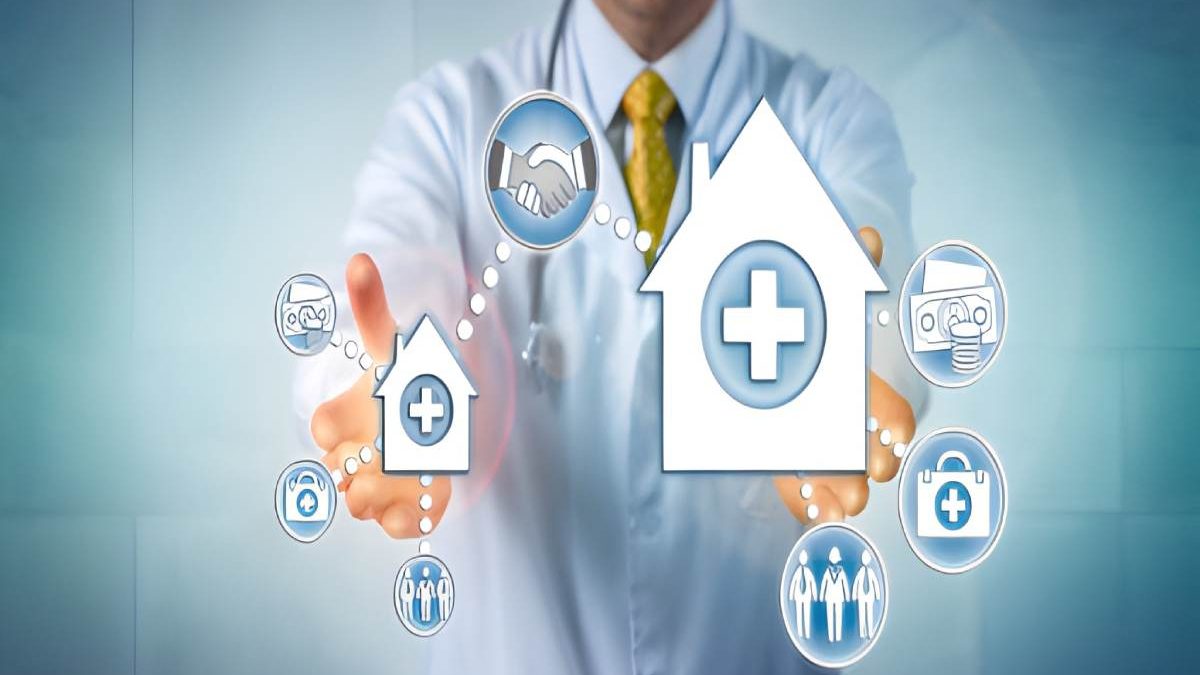You can’t improve what you don’t measure
Let’s be blunt: gut instinct doesn’t cut it anymore. Not when patients are discharged quicker, regulations are tighter, and reimbursement depends on outcomes—not just effort.
If your agency is still making care decisions based on anecdotal feedback or “how it’s always been done,” you’re flying blind.
The good news? Today’s home health software doesn’t just help you deliver care—it helps you measure it. Track it. Refine it. And ultimately, improve it.
But here’s the catch: not all metrics are created equal.
So, what should you actually be tracking?
Spoiler alert: more isn’t always better.
You need metrics that are meaningful, not just measurable. Ones that tie directly to client outcomes, staff performance, and financial sustainability.
Let’s break down the essentials.
Table of Contents
1. Visit Completion Rate
It seems obvious, but it’s foundational.
Are scheduled visits actually happening? And if not—why?
Whether it’s last-minute cancellations, caregiver no-shows, or client refusals, missed visits disrupt care continuity and delay progress.
Tracking this in real time lets you intervene quickly—reassigning staff, following up with clients, and preventing downstream issues.
In a value-based world, “showing up” is the first metric that matters.
2. Care Plan Adherence
Having a plan is one thing. Sticking to it? That’s where outcomes are made—or missed.
Home health software should track whether each intervention, medication prompt, or therapy milestone is being completed as scheduled.
Deviations aren’t always bad, but they should be intentional—not accidental.
By monitoring care plan adherence, you’ll know which clients are progressing, who needs reassessment, and where care is drifting off course.
3. Hospital Readmission Rates
If you only track one “big picture” outcome, make it this.
Unplanned readmissions within 30 days don’t just hurt patients—they hurt your CMS star rating, reimbursement, and referral partnerships.
Smart software platforms flag risk factors (worsening vitals, missed visits, medication issues) before they trigger an avoidable ER trip.
This gives your team a chance to course-correct in real time.
4. Wound Healing Progress or Clinical KPIs
If your agency provides skilled nursing or post-acute care, clinical markers should be tracked consistently.
That might include wound healing stages, pain scale changes, blood glucose trends, or post-op mobility improvements.
By charting this data over time in your home health software, patterns emerge. You can benchmark performance across caregivers, identify protocol gaps, and even justify continued service authorization with data—not just narrative notes.
5. Client Satisfaction Scores
Let’s not forget the “softer” side of outcomes.
Yes, you need to track hard clinical data. But how your clients feel about their care matters just as much—for referrals, retention, and quality assurance.
Integrating satisfaction surveys directly into your home health software lets you track trends over time:
- Are certain staff consistently receiving high praise?
- Are there locations or programs with lower NPS?
- Are clients leaving due to dissatisfaction that could have been prevented?
This is your early warning system—don’t ignore it.
6. Caregiver Utilization Rate
Overworked or underworked?
When your software tracks caregiver hours, mileage, and visit distribution, you gain visibility into burnout risk and operational inefficiency.
A well-balanced schedule improves staff satisfaction, reduces turnover, and ensures clients get timely, consistent care.
That’s not a staffing stat. That’s an outcome driver.
Make Data Work for You (Not Against You)
You’re already collecting this data. The real question is: are you using it?
The best home health software turns raw numbers into actionable insights—complete with dashboards, alerts, and reporting tools that help agencies shift from reactive to proactive care delivery.
Because the agencies winning today? They don’t guess.
They measure. They track. They improve.
Ready to do the same?
Also read: The Role of Continuous Learning in Fast-Evolving Tech Careers

